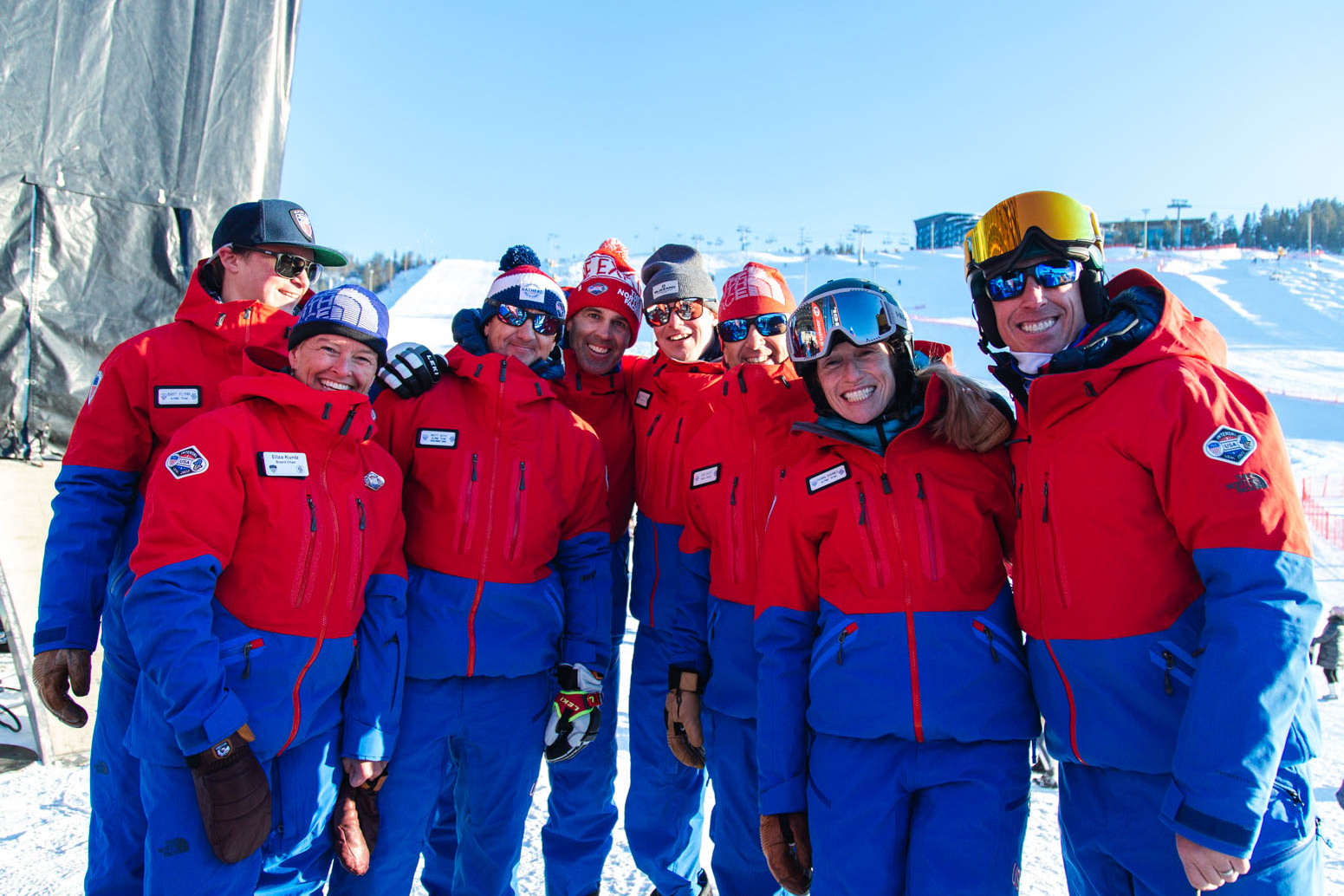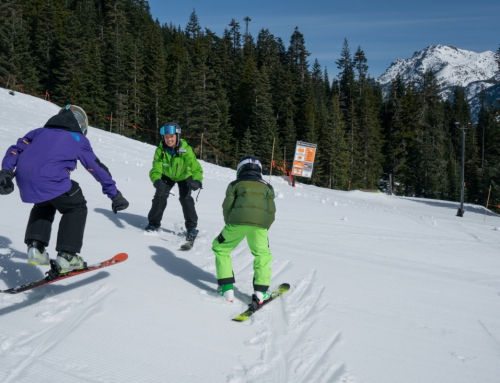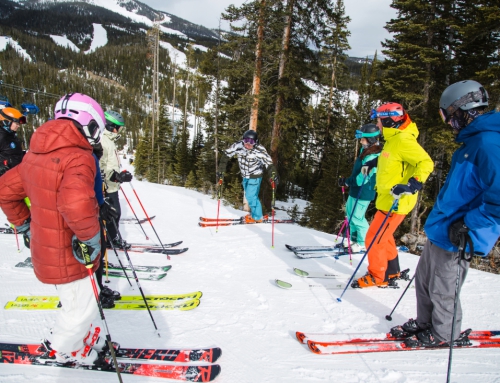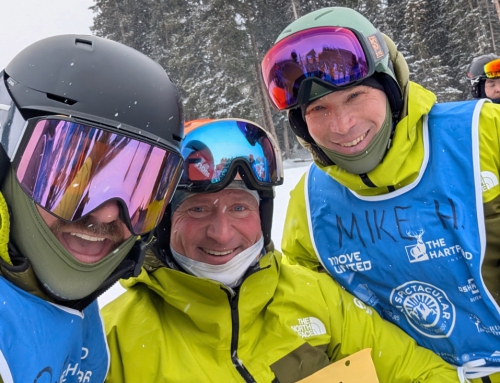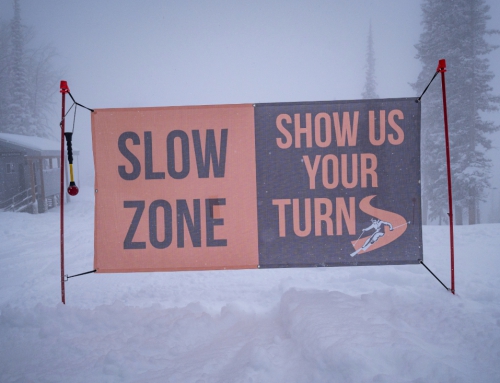Interski 2023: USA Presentations Focus on Student-Centered Teaching
The interactive, on-snow education program of Interski 2023 burst onto the slopes of Levi, Finland Monday morning, in a kaleidoscope of multi-colored coats representing the national colors of the snowsports countries in attendance.
With terrain including legendary multi-kilometer cross country trails, a World Cup slope, and a competition ready terrain park, the event venues let attendees collaborate on methods of effective teaching.
“Levi is the real deal and a fantastic venue for the Interski Congress,” said PSIA-AASI Director of Education Dave Schuiling. “It’s also fitting that Finland is the happiest place in the world as the joy of snowsports is being shared across 34 countries. The international language of sliding is being communicated through smiles, laughter, hugs, high-fives, and fist bumps. The energy is high. C’mon Let’s go!”
Beginning with alpine demonstrations from Austria, Germany, Korea, and Poland, the morning quickly moved to workshops on adaptive, alpine, cross county, snowboard, and telemark education.
PSIA-AASI National Team members hand-picked programs to follow in an ongoing effort to find new ideas to bring back home, while also leading workshops on topics such as Technical Fundamentals (cross country), Assessing Technical Understanding Through Self-Evaluation and Self-Reflection (snowboard), and Teaching with Learning as the Outcome (alpine).
To top off evening of indoor workshops, PSIA Alpine Team members Jonathan Ballou and Joshua Fogg went back in time for a Retro Ski Race on old school gear under the lights on the Levi Demonstration Slope, where they brought home the bronze!
Workshop Recap: Teaching with Learning as the Outcome
Here is an overview of just one of the PSIA-AASI workshops, “Teaching with Learning as the Outcome,” led by alpine team members Mike Hafer and Ryan Christofferson.
This workshop, and the accompanying evening lecture led by Hafer and alpine team member Dusty Dyar, explored the skill of identifying and managing the student’s learning needs throughout the Teaching/Learning Cycle to create a student-centered learning experience.
The fundamentals of teaching skills are:
- Collaborate on long-term goals and short-term objectives.
- Manage information, activities, terrain selection, and pacing.
- Promote play experimentation, and exploration.
- Facilitate the learner’s ability to reflect upon experiences and sensations.
- Adapt to the changing needs of the learner.
- Manage emotional and physical risk.
On-snow, Hafer and Christofferson asked participants to use a reverse pole plant on a variety of terrain to get them to explore new methods of timing, rhythm, and turn initiation. The exercise allowed each skier to touch on each six points of the Teaching Skill Fundamentals, through a variety of terrain, exploration, experience, and reflection.
What Participants Had to Say
PSIA-AASI member Kurt Stewart of Jack Frost, Pennsylvania, who is attending Interski to get a firsthand look at what the U.S. is working on, said the workshop gave him, “a better understanding of how we teach, but also how we facilitate individual learning.”
Dana Toso, an alpine team member from Argentina, said that while her country is focused on the technical aspects of ski instruction, the Learning Connection presents, “different ways for us to reach the same goals.”
Workshop attendee Henrik Jensen of Denmark said that the Danish team is working with different methods of teaching, and that at Interski 2019 in Pamporovo, Bulgaria, one of their lectures was titled, “How you teach is more important than what you teach.”
Peter Mark of Poland, who works for a sport research center and runs a coaching academy, said he is always, “looking to spread the center of teaching.” He shared, “I like to see how teaching can help people dive deeper. The brain learns when you make it think.”
Keeping the Student at the Center
At the indoor wrap-up of the workshop in the evening, Dusty reiterated how successful teaching skills mean constantly, “adjusting our objectives throughout the lesson and checking in our students.”
“You need to allow students the time to make discoveries and find ways to increase their interest and attention,” said Dusty. “Attention is the currency of learning.”
Watch this video to learn more:

